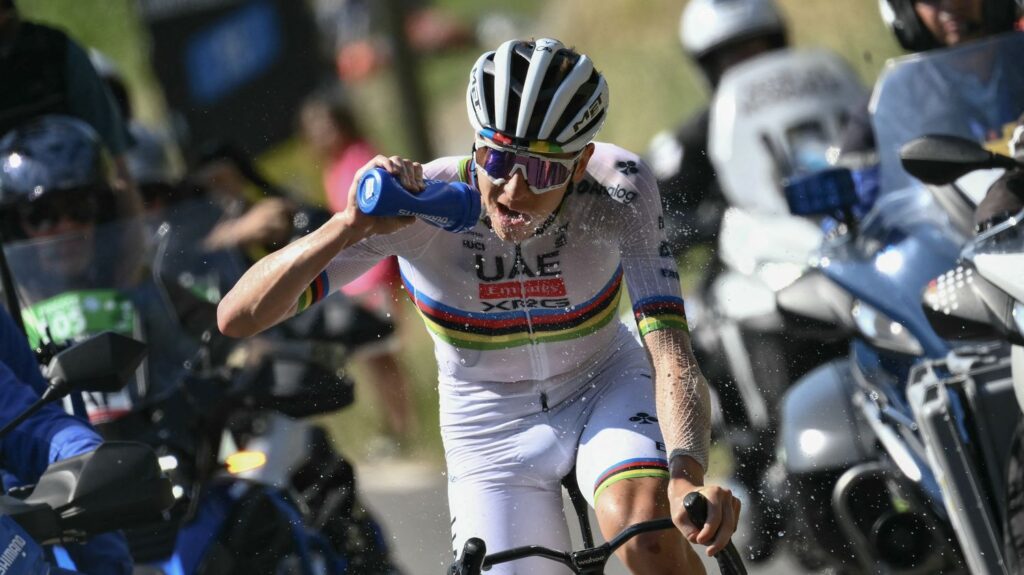
Beyond the refrigerant vests, pockets of ice cubes in the neck, the teams of runners must prepare training increasingly specific to the hot weather on the “large loop”.
/2023/07/07/64a7df4c5fe71_placeholder-36b69ec8.png)
Published
Reading time: 2min
/2025/07/22/000-673l2qj-687f31d62acdb145785771.jpg)
It is the return of the hot weather on the road to the Tour de France. More than 30 degrees are announced Tuesday at the thermometer, for the 16th stage leading the Montpellier peloton to the legendary Mont Ventoux. High temperatures that runners are increasingly confronted. So, in the same way as altitude, the heat is now studied scientifically by cycling teams and it is even the subject of specific preparation throughout the season, upstream of the Tour.
Today, the refrigerant vests, the ice pockets in the neck, the anti-UV jerseys will be out and the cans will flow to waves. But the new trend within the peloton is a special warmth preparation throughout the season, explains Valentin Madouas, runner of Groupama-FDJ: “You are going to work in the sun and then when you are at home, you drive at a little warmer schedules, you will end up with super dressed training to try to stimulate perspiration, plus a sauna “details the athlete.
Some sometimes even put on a ski outfit, adds Breton Warren Barguil. The climber of the Picnic-Postnl team, followed five sessions of “Heat Training” (heat training) before the Tour, to acclimatize. Training where it is covered with “Long tights, long sleeve jersey, a K-Way, a long jacket and afterwards, I add a fleece” …
“We go to a certain level and after, we just look at our hearts, we no longer look at the watts, explains Warren Barguil. And normally, our watts descend and our hearts remain at the same heart rate. This is how we adapt to heat. “
But, as for altitude courses, heat sessions have another virtue: in a very controlled framework, they can cause physiological changes with an increase in the volume of blood plasma and therefore the transport of oxygen to muscles, and thus improve performance. The most sharp teams in the field evaluate a power gain of 5 to 6%, anything but marginal.

